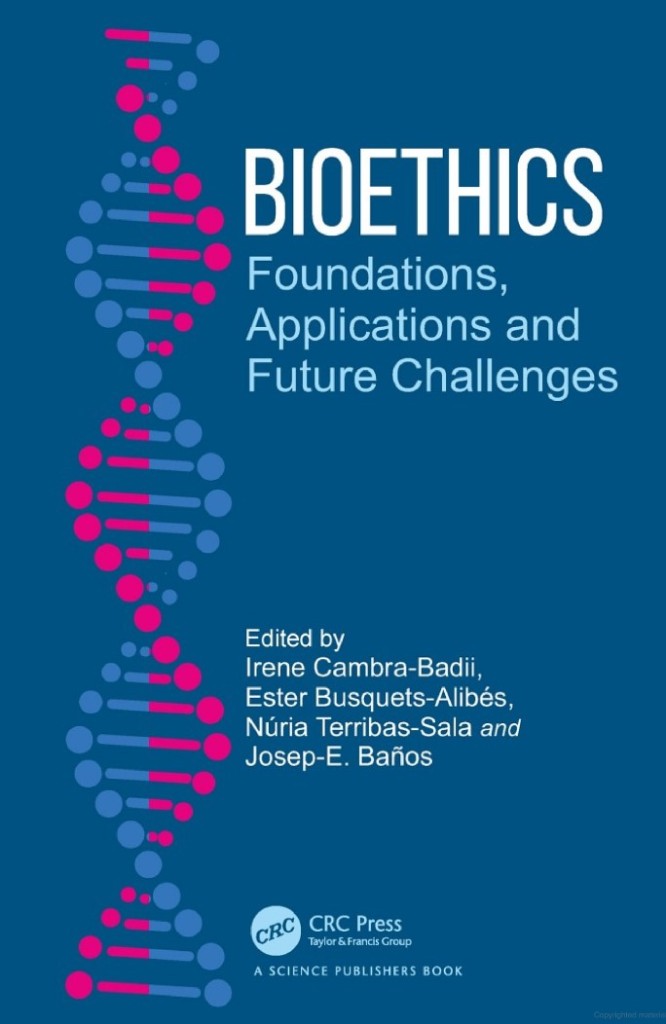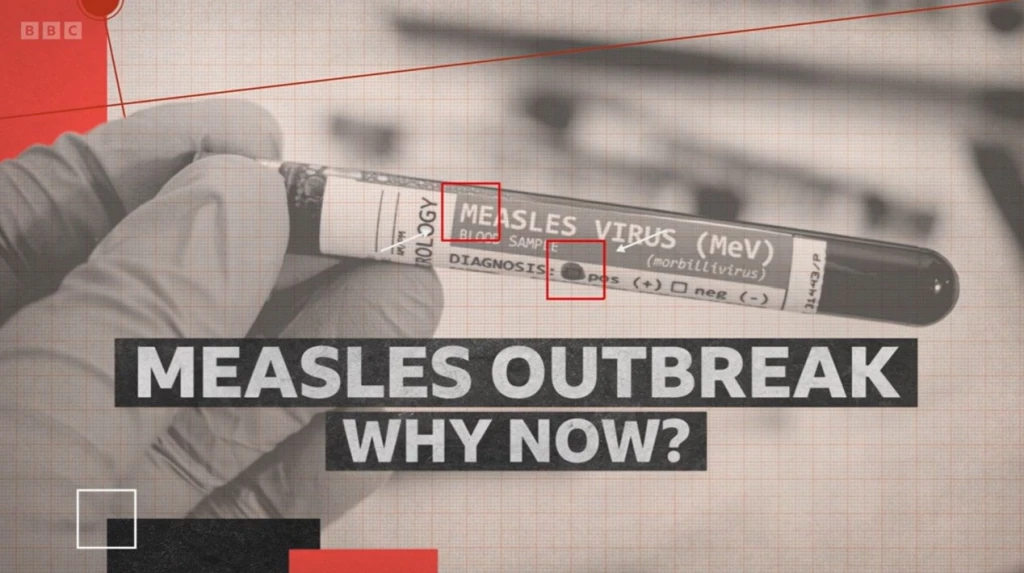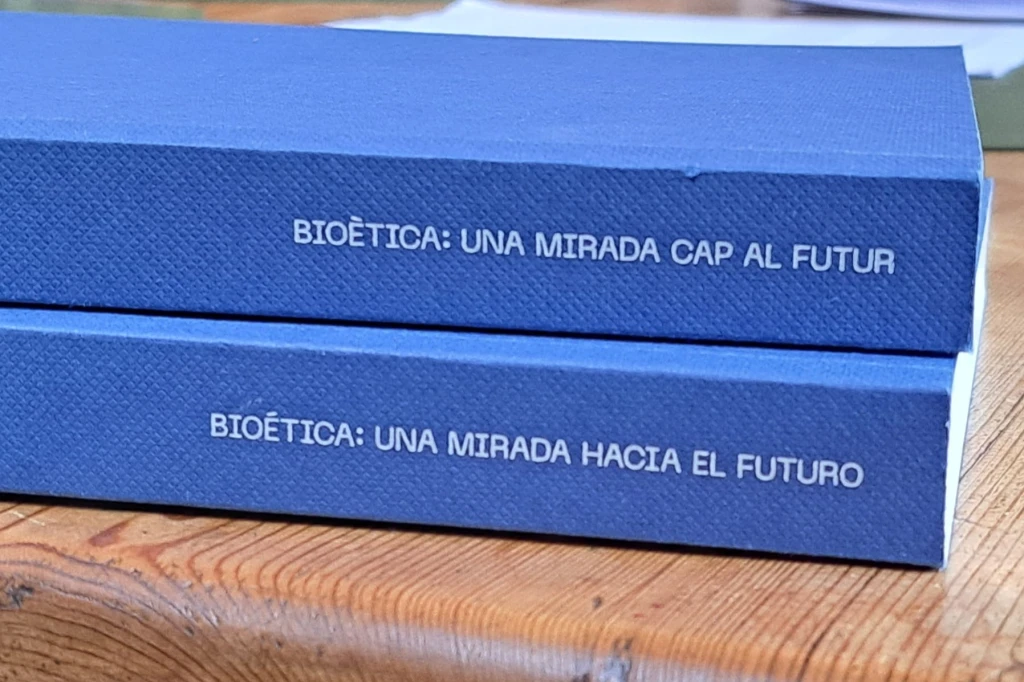On 11th April 2024, I gave an invited presentation for the Association of Learning Technologists (ALT) and Learning on Screen (LoS) on the use of BoB, sometimes known as Box of Broadcasts. Regular visitors to this site will not be surprised to hear that I have been enthusing about BoB; I found it to be an exceptional resource and there’s even a section of this blog dedicated to sharing ideas about how to get the most out of the tool.
In the talk, I discussed why multimedia (in this case BoB) can be an excellent asset for teaching, I considered some of the reasons why academic colleagues have been reticient to utilise audiovisual resources and I shared some of the ways that I have employed TV and radio on my own work. Finally, I gave some practical tips on ways to share resources with students and/or colleagues, and outlined some of the potential for BoB to be a “boundaries collection” for analysis in much the way Nexis and Factiva have been used for examination of print media.
Below you can find a video of the talk and subsequent Q&A (50 mins) and also my slides from the presentation.













